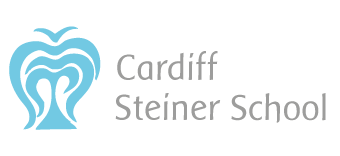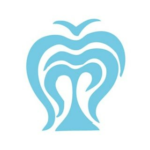Age / Year Groups
The chart below compares year groups in Steiner Schools with other schools. It also shows our classes in September 2024.
| Age | State School Year | Steiner School Class | Sep 2024 | Sep 2025 |
| 3 – 4 | Pre-school / Nursery | Kindergarten | Sun Garden | Sun Garden |
| 4 – 5 | Reception | Kindergarten | Sun Garden | Sun Garden |
| 5 – 6 | Year 1 | Kindergarten | Sun Garden | Sun Garden |
| 6 – 7 | Year 2 | Class 1 |
Combined Class 1/2 |
Class 1 |
| 7 – 8 | Year 3 | Class 2 |
Combined Class 2/3 |
|
| 8-9 | Year 4 | Class 3 |
Combined Class 3/4 |
|
| 9-10 | Year 5 | Class 4 |
Combined Class 4/5 |
|
| 10-11 | Year 6 | Class 5 |
Combined Class 5/6 |
|
| 11-12 | Year 7 – Secondary | Class 6 |
Combined Class 6/7 |
|
| 12-13 | Year 8 | Class 7 |
Combined Class 7/8 |
|
| 13-14 | Year 9 | Class 8 | Combined Class 8/9 | |
| 14-15 | Year 10 | Class 9 | Combined Class 9/10 | |
| 15-16 | Year 11 – GCSEs | Class 10 | Combined Class 10/11 (NZCSE Level 1) |
|
| 16-17 | Year 12 | Class 11 | Combined Class 11/12 (NZCSE Level 2) |
|
| 17-18 | Year 13 – A Levels | Class 12 | Combined Class 12/13 (NZCSE Level 3) |
|
| 18-19 | Year 14 | Class 13 |
Combined Classes
Combined year-group classes are the norm in many smaller schools across the UK and around the world – at both Steiner and other state and independent schools. The classes consist of children covering an age range of more or less two years. There are many ways to teach combined classes and the Waldorf curriculum lends itself particularly well to this approach.
The curriculum has been likened to an ascending spiral – subjects are revisited several times, with each new exposure affording greater depth and new insights. As the children grow and move up the school, they naturally encounter the development of each subject. A combined curriculum gives a valuable opportunity for this to happen over an extended period of time, some children deepening their experience of a subject they are returning to, while others are experiencing where the curriculum will take them in the future.
Above all, the role of the teacher becomes key to delivering material that fosters the unique educational needs of each child. Often the teacher will present the same content to the class as a whole, but will deliver it with differentiation in an age appropriate and ability appropriate way.
There are many advantages to this form of learning, both social and academic. The children gain experience from helping, and being helped by, others across a broad range of subjects; and it reinforces the recapitulation, or re-living of material – a key element of the Steiner Waldorf approach.





